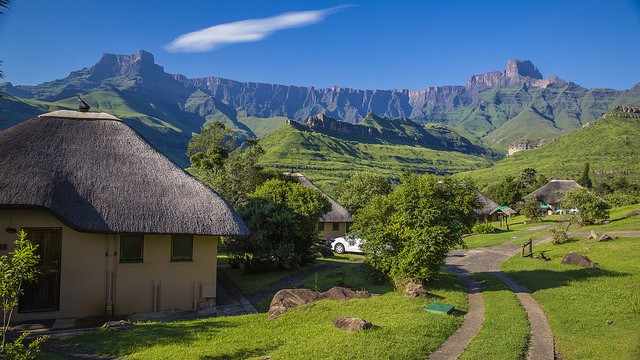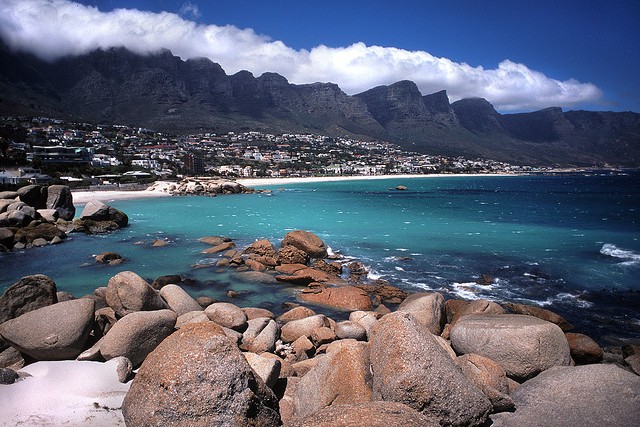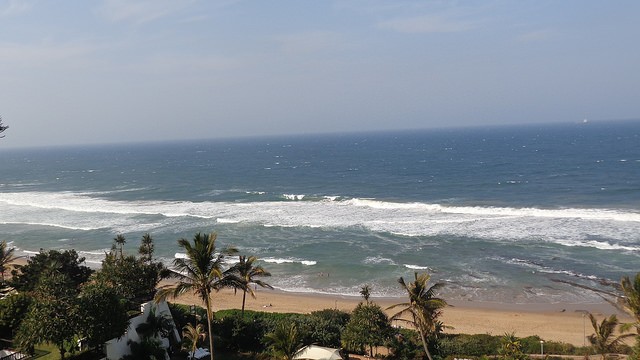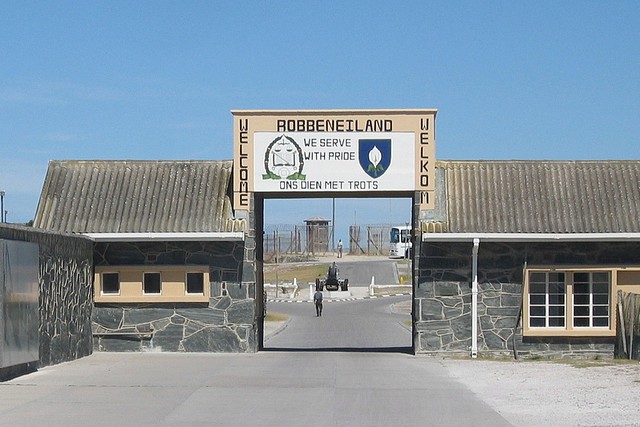 the Travel Enthusiast
the Travel Enthusiast
- 11 May
Adam in Amazing Places | NO COMMENTSSouth Africa, The Edge of Splendor
South Africa lies on the most southern edge of the African continent. The culturally, historically and ethnically versatile country faced many tragedies throughout the centuries and still faces several issues in the present. It managed to temper much of its problems and has become one of the world’s most intriguing places in many way.
South Africa is neighbored by countries like Namibia, Botswana, Zimbabwe and Mozambique and also with small countries like Swaziland and Lesotho.
The de jure capital is Pretoria yet it has three main administrative centers. Pretoria is the executive capital, Bloemfontein is the judicial capital and Cape Town is the legislative capital of the country.
The country recognizes 11 official languages (English, Afrikaans, Zulu, Zhosa, Northern Sotho, Southern Sotho, Swazi, Tsonga, Tswana, Venda and Southern Ndebele.), thus making South Africa unique in the world.
When it comes to tourism and sightseeing, South Africa offers you many amazing places.
From excellent beaches, cities and resorts to outstanding views, natural landscapes and wildlife, the nation has it all. Arguably the Table Mountain is the symbol of the country and resorts such as Camps Bay and Durban are the most visited destinations. Along with those, South Africa has much more to offer.
The climate is varied, depending on region. It has humid subtropical climate on the northern part, Mediterranean on the Western Cape, continental on the Highveld, and arid in the other regions.Winter rain usually happens on the western part. Wind is common on the northern part of South Africa.
The topography of the country is exceptionally assorted. It is filled with rolling hills and coastal plains, mountains, savannas, forests and beaches. It has two main rivers, the Limpopo (1,750 km) and Orange (2,200 km).
Partially due to human influence, environmentally the country faces problems like air pollution and soil erosion. Water pollution, particularly of the rivers are ones of the main challenges.
South Africa has a highly developed transportation system and infrastructure although there are roads that are not paved or even electrified. Nevertheless it has a good reputation for having great infrastructure and it is easy to navigate from place to another. Extensive railways connect important cities and neighboring countries.
- Flights
- Hotels
- Packages
- Cars
- Cruises
travel search by Travelgrove (get this widget)The largest one from the numerous harbors are in Cape Town (It has totally five vessels).
Both Cape Town and Johannesburg international airport were the ninth busiest air route in 2011.
Due to its complex climate, the vegetation of the country is also diverse depending on the location and has almost every type of flora.
Vast grasslands, temperate hardwood forests, jungles are equally characteristic.
South Africa is well known for its well preserved garden flowers widespread in the country. They also export flowers to all around the world.
- Flights
- Hotels
- Packages
- Cars
- Cruises
travel search by Travelgrove (get this widget)Like the languages, the population is also one of the most mixed in the world. Europeans (boers) and their descendants, African peoples (Zulu, Xhosa, Pedi, Swati, Veta and others) are living in the country. Although its ethnical diversity brings quite a lot of problems (apartheid in the past), South Africa enjoys diverse culture and cuisine.
While the healthcare of the country is mostly modern and hospitals are available in all regions, the country nevertheless faces a terrible problem, AIDS/HIV.
The government has an ongoing battle against the dreadful disease, hospitals having antiretroviral drugs as treatment. South Africa also has a relatively high infant mortality rate although recently it has decreased thanks to its progressing health care service.
Religion, like the language and population is heterogeneous. Religious freedom is granted for everyone, South Africa being a secular democratic nation. Christianity(80%) is the predominant religion and all types of Christian denominations are present. Islam(1,5%), Hinduism(1,2%), Traditional African Religions(0,3%), Judaism(0,2%) and many other religions are also present in the country.
The apartheid halted the country’s economy and feigned poverty and inefficient bureaucracy. It has also lengthened its recession for the last decades. Despite long economic decrease, the country eventually managed to balance its economy later slowly but surely.
It focused on tourism, financial services and manufacturing and later on the economy of South Africa has greatly increased.
Even though the wealth of the nation is high, the gap between rich and poor is still large and xenophobia still exists although it is not so accentuated like it was back in the days of the apartheid.
Today, nonetheless, it is one of the most prosperous nations in the world, being very modernized and people generally accept each other.
Immigration and custom rules in the country are some of the strictest in the world. Citizens of most countries need a visa to enter the country.
Vaccination certificate against yellow fever is required from all travelers.
Imports like honey, plants, animals, seeds, eggs, vegetable oils and margarine are not allowed.
Like in most former British colonies, cars drive on the left. Taxis are widely available cities.
The Brief History of South Africa
The country was first inhabited about 8000 years ago by the San and Bantu people who learned different kind of things from each other and finally established on the south and west cape of the country for centuries.
The very first European settlers were Dutch farmers from the Dutch East India company who arrived to the Cape in 1652.
Later on they were joined by the French who were followed by the British, Belgians and Germans, each of them shaping the country and bringing their skills and slaves from Asia.
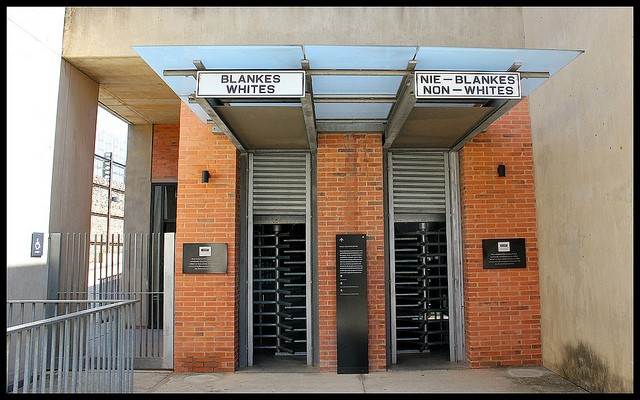
The apartheid museum which reminds us the terrible segregation days of that time ©Nagarjun Kandukuru/flickr
The interest of European powers in having influence in the region grew with time, as the location was suitable for many reasons like weather, agriculture, productions and was also a pit stop for ships that sailed to India or other parts of Asia. It was this time when the Afrikaans language was formed by European languages (particularly Dutch) mixing with African languages.
The cape was ruled first by the Dutch and after that the French but the British were the ones who had longer control and a considerable influence on the country.
Britain occupied the cape from the French in 1814. Slavery was abolished by the British who introduced laws and trading posts on the cape.
The British were expanding around the region and after wars and bloodshed against the Zulus and Boers, they finally gained control of all South Africa.
In 1910 the Union of South Africa was formed yet they only gained independence in 1931.
Following that time, the apartheid years begun, oppressing the rights for black people.
Racial segregation appeared and discrimination against black people increased. Xenophobia was very strong between ethnic groups and wounding, firing, destroyed buildings and killing were not uncommon during that time. The Apartheid ended with the election to presidency of Nelson Mandela in 1994, who became the first non-white president of South Africa. He was also responsible for highly increasing the country’s economy.
You might also like
